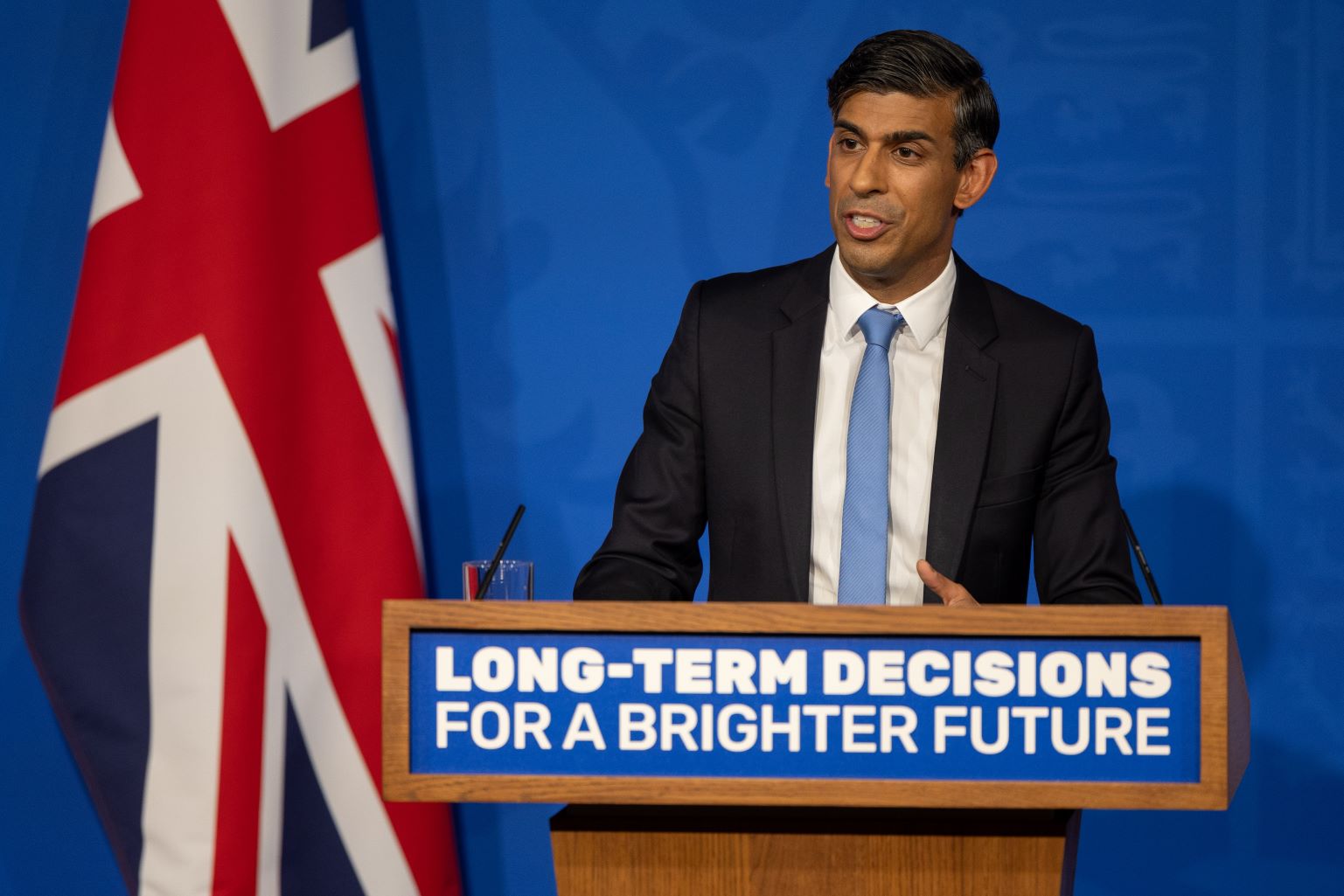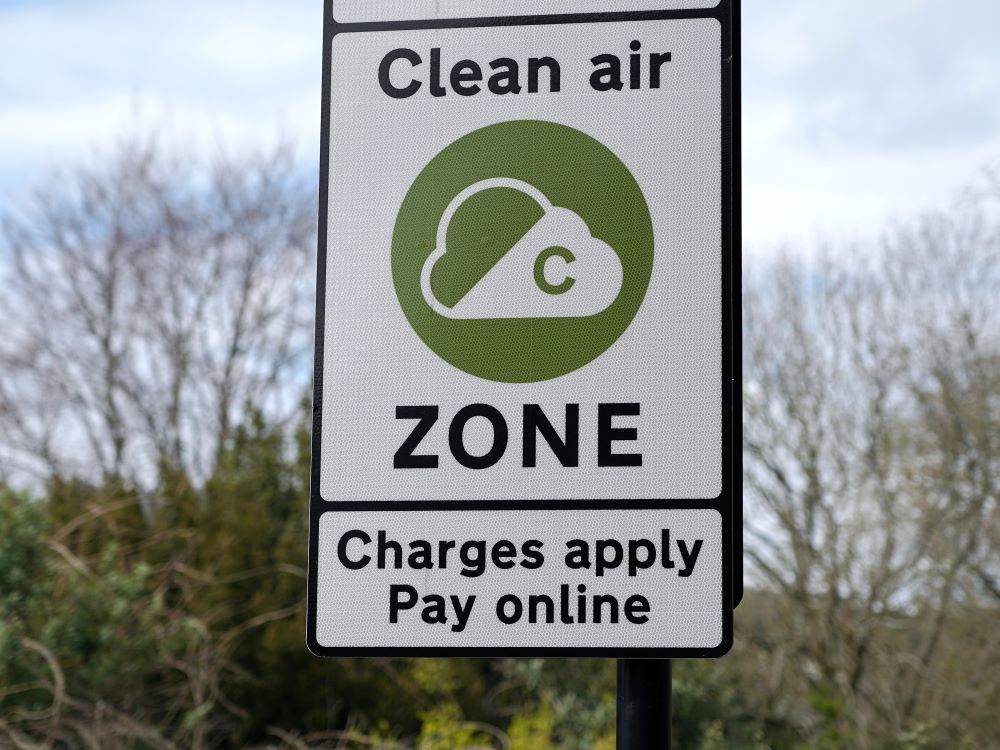 The government intends to fundamentally overhaul Britain’s electricity sector. No fewer than three consultations are currently underway on proposals for electricity market reform. Samuel Fankhauser finds that the legislative flurry is motivated by a combination of climate change goals and energy security concerns, and argues that after years of deregulation, the reforms would also usher in more state intervention in Britain’s electric power sector.
The government intends to fundamentally overhaul Britain’s electricity sector. No fewer than three consultations are currently underway on proposals for electricity market reform. Samuel Fankhauser finds that the legislative flurry is motivated by a combination of climate change goals and energy security concerns, and argues that after years of deregulation, the reforms would also usher in more state intervention in Britain’s electric power sector.
Politicians have woken up to the fact that Britain’s electricity sector needs an overhaul. Over the next ten years an estimated £200 billion may have to be invested to replace ageing generation facilities and upgrade the transmission and distribution grid. Almost all of the new generation capacity will have to be carbon-free – renewable energy like on-shore and off-shore wind, nuclear power and perhaps carbon capture and storage. The UK cannot meet its climate change targets unless it can virtually decarbonise its power sector by the 2030s.
There is a surprisingly broad political consensus about this, although industry would prefer a slower decarbonisation path. People also agree that current market arrangements will not deliver the low-carbon investment required. The market still prefers gas-fired generation, which is cheaper, quicker to build and more flexible to operate.

To remedy the situation, the government is pushing reform on several fronts: The Treasury is consulting on ways to strengthen the carbon price, which is currently determined by an EU-wide emissions trading scheme, the EU ETS. In parallel, the Department of Energy and Climate Change (DECC) is consulting on electricity market reforms more narrowly, which would include (i) a new capacity market, (ii) a new emission performance standard and (iii) the revision of the renewables obligation and the feed-in tariff system. In the House of Commons, the Energy and Climate Change Select Committee is collecting evidence on both the Treasury and DECC proposals.
In the course of the recession the carbon price in the EU ETS has fallen from a high of almost €30 per tonne of CO2 in summer 2008 to around €15 per tonne of CO2 today. Almost everybody agrees that this is not sufficient to trigger much investment in low-carbon technology. The government would therefore like to strengthen and underpin the carbon price. It suggests to do so by subjecting electricity generators to the Climate Change Levy, a carbon / energy tax that was introduced in 2001. So far electricity generators have been exempt from the levy, although non-residential electricity consumers are taxed downstream.
The price floor proposal is welcome to the extent that it will increase the overall cost of carbon (permit price plus tax) in Britain and force UK emitters to further cut their carbon pollution. However, it is a unilateral move and not accompanied by a reduction in the EU-wide emissions cap. Under the free-trade logic of the EU ETS, this means that any additional effort in Britain would be offset by higher emissions elsewhere in Europe. The UK tax would reduce the demand for permits in the UK, which would reduce the EU-wide permit price and cause other firms to increase their emissions until the total again reaches the cap. In a cap-and-trade scheme, the only way to reduce EU-wide emissions is by reducing the EU-wide emissions cap. Britain, alongside France and Germany, is keen to tighten the EU’s emissions target from minus 20 per cent to 30 per cent. To give EU-wide meaning to the EMR, the government must redouble its efforts to bring this about.
Under the electricity market reform (EMR) the electricity sector would see the return of long-term off-take contracts, where low-carbon generators could secure a guaranteed electricity price for perhaps as long as twenty years. Contracts would be auctioned to maintain an element of competition, and they may be structured as contracts for differences relative to the conventional (fossil-fuel based) market price. In addition, the government would like to auction “capacity contracts” to stand-by generators that only produce power during peak period or when the wind does not blow. Without them, meeting supply and demand in a system with fluctuating demand and intermittent, renewable supply could be a nightmare.
Some in the industry mutter than the proposals are complicated and that similar systems have not always worked in the past. This may be overly negative, but it is true that the lessons from, for example, the Non-Fossil Fuel Obligations (NFFO) of the 1990s will have to be learnt. Back then many projects that emerged victorious from the NFFO auctions never reached financial close. Britain’s slow and onerous planning system was sometimes blamed and this clearly remains a concern today. The new government intends to return planning decisions back to local authorities. Whether this will help the planning process for projects like on-shore wind is uncertain, unless better ways to share project benefits with local communities can be found.
With the various reform proposals still at consultation stage, much still remains to be determined. Investors – particularly those who got comfortable with the existing system – are nervous about yet another round of reform and the uncertainty this will bring. They are right to point to the increase in political risk that comes from a stronger role for the state in some aspects of the electricity market. However, once the dust settles – and other initiatives, such the proposal for a Green Investment Bank, bear fruit – the reform package the government is putting forward should make it easier to meet the ambitious carbon, energy security targets Britain has set itself.
Click here to respond to this post
Please read our comments policy before posting








1 Comments